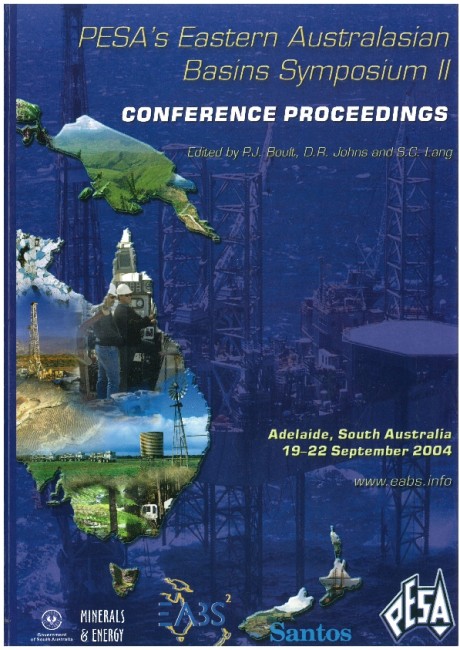Publication Name: PESA's Eastern Australasian Basin Symposium II
Authors: K.R. McClay, P.S. Whitehouse, A. Amilibia, J. De Vera and T. Djebbar
Date Published: December 2004
Number of Pages: 18
Reference Type: Book Section
Abstract:
Understanding the four dimensional evolution of faults is fundamental in the exploration for, and exploitation of,hydrocarbons in basin systems. This evolution of fault systems in rifts, inverted extensional basins and in foreland fold and thrust belts is reviewed using scaled analogue models and natural examples. Attention is focused upon fault growth, the development of linked faults, and the effects of basement fabrics on the formation of accommodation and transfer structures. Sandbox models of asymmetric oblique rifts and offset rifts show how rift border faults are typically segmented in an en-echelon fashion whereas intra-rift faults form at high angles to the extension direction. The offset rift models develop complex accommodation zones formed by arrays of overlapping oppositely-dipping faults. Inversion of segmented extensional faults in the rift models produces doubly-plunging fault-related anticlines. Extensional accommodation zones remain as complex lows during inversion. Faults and folds developed in foreland basins formed by 60o oblique convergence models are characterized by margin parallel thrusts and folds together with diffuse distributed oblique shear in the axis of the fold belt. 60? oblique convergence models with basement-involved lateral ramps produce complex transfer zones within the thrust and fold belt. The results of the models are compared to natural examples of rift systems, North Sea and the Otway Basin Australia; with inversion in the Saharan Atlas of Algeria; and with Zagros
fold/thrust structures in Iran. The models provide templates for fault systems in regions where outcrops or seismic data are poor and for interpretation of fault patterns using aeromagnetic or gravity data.


